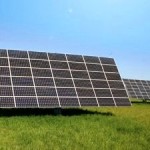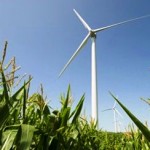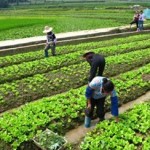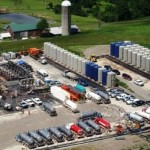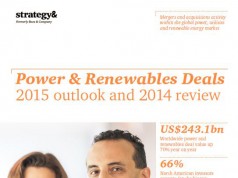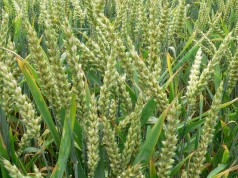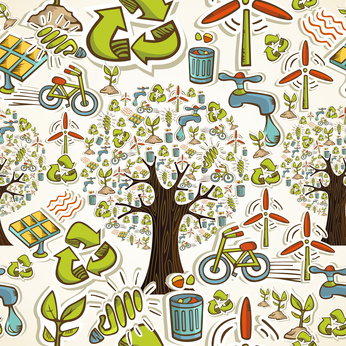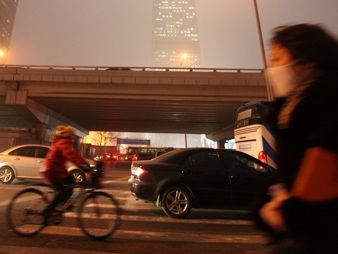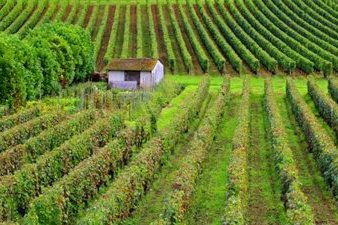 Meeting European demands for food, water, energy and housing exerts major pressures on the environment, indirectly affecting human health and wellbeing. To reduce the impact of Europe’s resource use, a new assessment from the European Environment Agency (EEA) reflects on integrating different policy areas and improved spatial planning.
Meeting European demands for food, water, energy and housing exerts major pressures on the environment, indirectly affecting human health and wellbeing. To reduce the impact of Europe’s resource use, a new assessment from the European Environment Agency (EEA) reflects on integrating different policy areas and improved spatial planning.
The EEA’s “Environmental Indicator Report 2013” explores the implications of a transition to a ‘green economy’, defined as an economic system which uses resources more efficiently, enhances human wellbeing and maintains natural systems.
The report aims to support implementation of the European Union’s 7th Environmental Action Programme (7th EAP, which sets the long-term objectives of environmental policymaking in the EU. Entitled ‘Living Well, Within the Limits of Our Planet’, it puts a particular focus on ensuring a healthy environment for human wellbeing.
Europeans depend on the environment to provide for many aspects of their material wellbeing, according to the report. Environmental pressures associated with our lifestyles seem to be decreasing, at least within Europe’s borders. However, seen through the lens of resource use and wellbeing, European consumption is still unsustainable, particularly in the context of growing resource demands globally. Policies should be closer integrated to reconcile competing demands on nature and to maximise benefits to society.
“To maintain a high standard of living in Europe, we will need to make a more fundamental transition to an economic model which meets our needs at much lower environmental cost,” Hans Bruyninckx, EEA Executive Director, said. “We can see that the European environment is currently under pressure in many areas, and incremental improvements will not be enough to put Europe on the path to a green economy.”
Selected Findings
- Within Europe, environmental pressures from resource use appear to be declining, most notably for water and energy. However, large regional differences exist. Urban sprawl, bioenergy and food production all compete for finite land resources and put pressure on biodiversity and water systems. Human exposure to these combined pressures is very unevenly distributed, with some areas and societal groups being much more affected than others. Spatial planning plays a key role in addressing these pressures in an integrated manner, the report says.
- Regarding food, EU farmland area declined by 13% between 1961 and 2011. This was more than offset by a 259% increase in productivity, achieved by rationalising production methods and increasing fertiliser and pesticide use. While this intensive production enables the EU to be largely self-sufficient for main commodities and products such as meat, dairy, cereals and beverages, it has resulted in a range of environmental problems, including eutrophication, greenhouse gas emissions, and air and water pollution.
- Reducing these pressures would require reduced external chemical inputs, water and energy use, land take and waste generation. Common Agricultural Policy subsidies and other measures could better incentivise more ecologically sustainable farming methods.
- Water abstraction has declined since 1990, indicating increased water efficiency. However, many parts of Europe are still water stressed, with Cyprus, Belgium, Italy, Malta and Spain particularly affected. Pollution is another pressure on water resources. Despite the reduction of some pollutants, less than half of Europe’s surface waters are reported to have good ecological status.
- ‘Emerging contaminants’ in water are also a growing area of concern for human wellbeing, the report says. These pollutants come from chemicals found in pharmaceuticals, cosmetics and other products, and their harmful nature is only now starting to become apparent.
- EU energy consumption has remained stable in the last two decades despite a 50% increase in economic output, according to the report. Fossil fuels dominate the EU energy mix, accounting for between 96% (Cyprus) and 37% (Sweden) of national energy consumption. Air pollution and climate change associated with the use of fossil fuels mean that they are the energy source with the highest indirect health and wellbeing impacts.
- Burning biomass for home heating increased 56% between 1990 and 2011, raising serious concerns for health. The lack of filters on domestic burners means that households are now the main source of fine particulate matter emissions in the EU.
- Regarding housing, diffuse urban sprawl and decreasing average household size mean that the efficiency of housing is declining in Europe, in terms of both land and energy use. Between 1990 and 2006, residential areas grew almost four times as fast as the European population, contributing to the fragmentation of natural habitats.
- The report points to serious failings in European efforts to meet resource needs. For example, approximately 14% of the EU population cannot afford to keep their homes warm. This rate is up to 40% in some countries.
The report draws on some of the EEA’s 146 Environmental Indicators, which evaluate a huge range of different environmental issues. In early 2015, the EEA will publish its State of the Environment Report (SOER), a comprehensive Europe-wide environmental assessment published every five years. The SOER is also based on a broad range of environmental indicators.
Check the following link to read/download the Full Report:
http://www.eea.europa.eu/publications/environmental-indicator-report-2013
Source: EEA.



